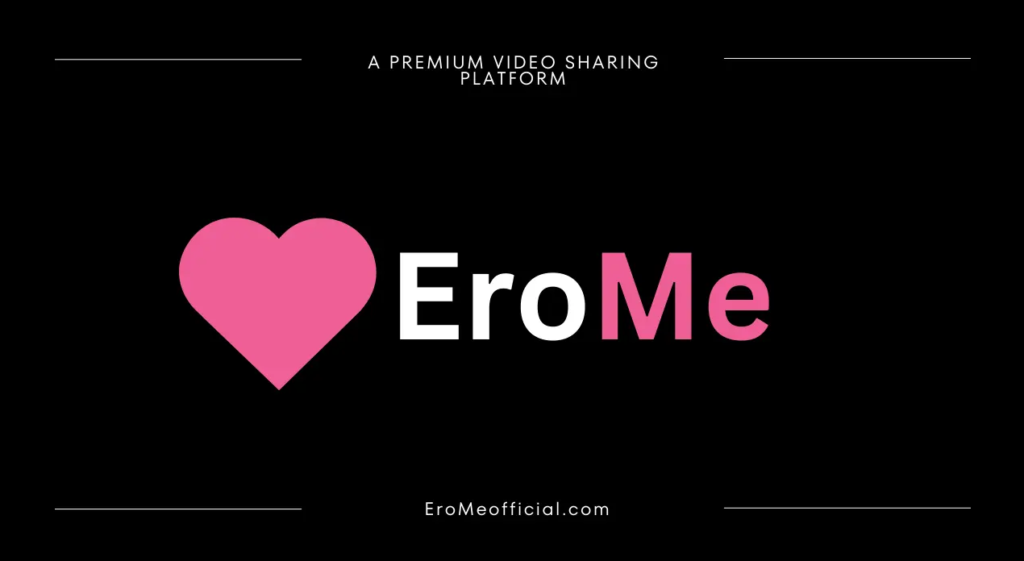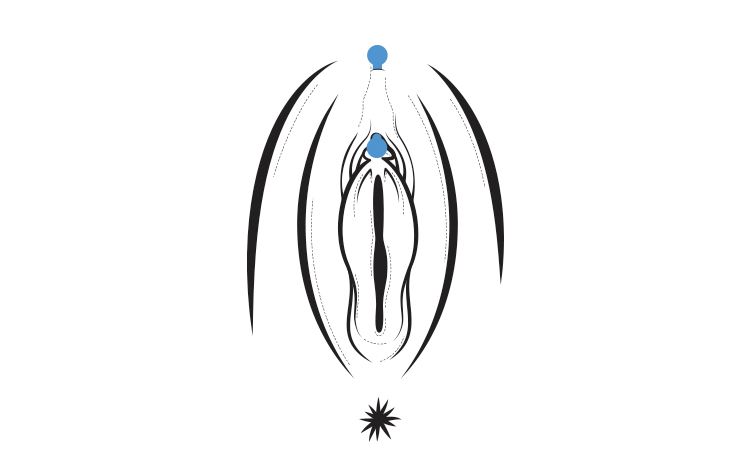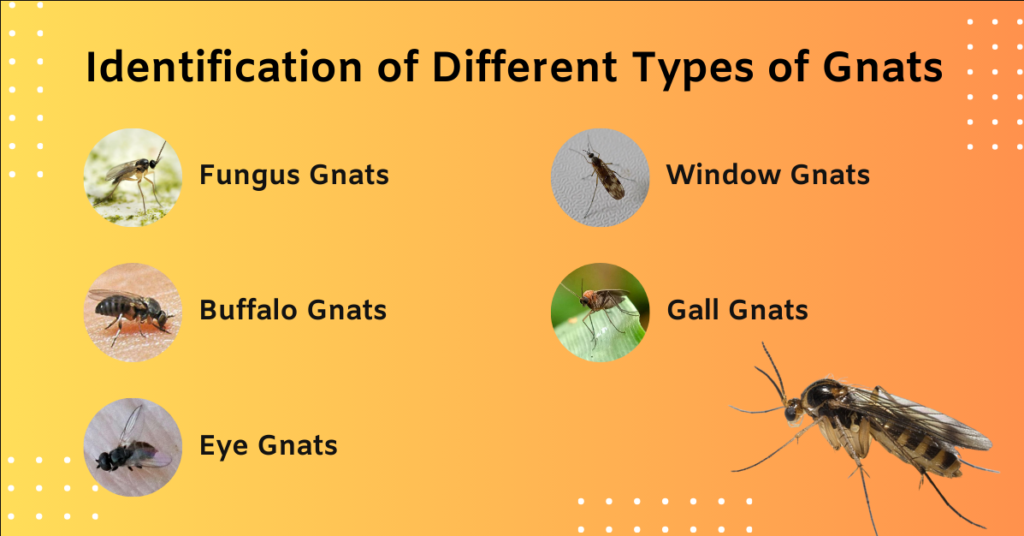Blog Thorn-Magazine Band: The Rise, Challenges, and Future

In the unpredictable, ever-changing world of music, it’s an achievement when a band reaches ten years, let alone 20, to call it a masterpiece of a career: a masterpiece of a career that serves as the resounding backbone behind one of this generation’s most massive and forceless comedian outlets, DESPISED ICON. Enter on the scene the confident try try-anything-for-the-fun-of-it for the fun of it band known as the Blog Thorn-Magazine Band, a name that has continually echoed within the halls of indie music, experimental sounds, and underground happenings. Certainly, they are not yet mainstream headliners, but neither are they without influence. This self-investigation of the blog Thorn-Magazine band is a journey through Harvest, the creativity, obstacles, and the prospects of a forbidden band.
Stems of the Thorn-Magazine Band
Thorn-Magazine Band didn’t storm the landscape when they first appeared on the scene, demanding to be noticed and loaded up with radio hits. Instead, they spoke to a particular niche — that slice of the audience that hungers for complexity, lyrical complexity, and sonic adventurousness. They came from a modest beginning amongst friends with a mutual love for art-rock, post-punk, and avant-garde storytelling. What began in dim basement dens and cluttered garages quickly became more dynamic.
The imagery that Thorn-Magazine conjures up is one of total opposition: beauty and pain, harmony and dissonance, art and angst. It’s poetic and paradoxical, much like the music they make. They are not just a band; they’re a dynamic, breathing magazine of feelings, audio, and visual ideas. Their music isn’t made to be heard merely — it’s intended to be felt, scrutinised, retraced.
Development of Art and Sonic Progressions
One reason for the increasing popularity of the Thorn-Magazine Band is this band’s never-ending pursuit of artistry. Not like those bands trapped inside the circle of their noise, but Thorn-Magazine constantly recreates their sound. Each album is more than a random assemblage of songs, but rather something with an overall theme and direction, sound, and feel. They’ve done this all while blending traditional rock instrumentation with digital sampling, analogue synths, ambient textures, and even spoken word narratives.
Recent experiments see them working with AI melody generation, modular synthesis, and non-linear song structure, challenging the very idea of what a “song” means in the 21st century. The band goes beyond predictable hooks and verse-chorus templates and frequently uses space, dissonance, and storytelling through instrumentation. That has won them praise from music theorists, audiophiles, and even film composers seeking inspiration beyond standard playlists.
Thorn-Magazine Band is about more than sound. Their music videos are not the typical promo video to help sell the song and connect with fans, but filmmaking featuring symbolism, surreal or even, to some, ambiguous interpretations. Their live performances are more like performance art, which includes spur-of-the-moment on-screen graphics, interpretive dancers, and even interactive light shows. The band has transcended simply being a band and is, in fact, a music-centric art collective.
The Difficulties of Remaining Unapologetically Original
But such audacious creativity comes with challenges. The chief problem for Thorn-Magazine Band is a matter of exposure. In a music industry dominated by algorithm-friendly pop and quick-smash singles, there is little room for introverted, peculiar bands to compete with the pop charts. And though their art may earn them fans among the critics and a dedicated following, more often it doesn’t translate into viral popularity.
Add to that the ongoing struggle with financial limitations. Their dedication to quality over quantity results in fewer releases and more cautious production periods. This translates to higher production costs for which there’s little financial return, particularly when the likes of commercial radio and major streaming playlists ignore them. Touring, too, is frequently on a shoestring. For all their glitz, some of the shows take place in DIY spaces or are the results of Kickstarter campaigns.
There has also been industry scepticism. They play the hallowed Bowery Electric every month or so — including on Saturday — and have a fine time slipping your mainstream record label or PR firm because their style doesn’t easily tuck into any of them. They’re too experimental for standard rock festivals, too grounded for electronic showcases. This often evolves into a DIY model, which, while empowering, takes a lot of time, a considerable amount of energy, as well as know-how.
But the band feeds off of this defiance. For them, every challenge is an opportunity to go all-out, to dig deeper, to stay more true to their vision. In a sense, their anonymity becomes a badge of pride, a sign that they haven’t sold out or in.
Future for the band of Thorn-Magazine: More than just music
However, the future of the Thorn-Magazine Band looks great. If these industry trends continue to play out (think, the rise of niche streaming, bandcamp economies, and decentralised music communities), bands like Thorn-Magazine might be the marker for the way things could work in the future. Independent is no longer synonymous with isolated. Thanks to online communities, fan-based funding platforms and boutique labels eager for authenticity, there’s an emerging infrastructure for bands for which art comes before fame.
The band has also suggested that there will be future collaborations with visual artists, VR developers, and experimental filmmakers. Wouldn’t it be cool to be able to do a Thorn-Magazine album but have it be an interactive experience, where each of the songs is like a digital painting that you can explore? Such cross-medium experiments could rewrite how fans experience music altogether.
The other is education. With interest in alternative music programs, sound therapy, and sonic arts on the rise, the band could use their expertise for residencies, academic collaborations, or even print their own “magazine”— a combination of a journal, zine, and musical commentary. This would give them a chance to mix their philosophical sources with their music, feeding both mind and heart to their fans.
And then this focus they have around social issues and mental health awareness and music’s role in that healing serves as a road map for community involvement that’s far greater. By throwing workshops, benefit gigs and themed installations, they could expand their reach further than that of the fan and out towards a contribution to society.
Cultural Relevance And The Band’s Legacy
The true legacy of Thorn-Magazine Band isn’t in its songs but in the way the group redefines what it means to be a band. In a music culture in which material is so often passively consumed and just as easily forgotten, Thorn-Magazine is all about presence, introspection, and conversation. Each album seems a chapter, and each show a ritual. They are carving out a place for slow music in a fast world, a rare and much-needed break.
That moment when the band came into your life tended to be life-changing for fans. It’s not so much about favourite songs (though those are good) but favourite moments, when a lyric, a sound or a silence cuts through noise and for an instant makes you feel seen. That emotional connection is what makes sure that Thorn-Magazine Band remains pertinent in the long run. It’s not about how many streams they have today, but about the songs people spend their lives singing at the moment they are discovered.
Blog thorn-magazine Band – FAQs part 1
Who makes up the Thorn-Magazine Band?
Though the band members have changed over the years, the group usually comprises a core of multi-instrumentalists and visual artists. They shy away from celebrating the individual; rather, they champion a collective mentality and teamwork.
What type of band is Thorn-magazine?
Their eclectic music traverses experimental rock, post-punk, ambient, and noise, to an extent, even spoken word. Best thought of as an “art-music collective” rather than any kind of traditional band.
How can I listen to musicians’ music?
Their music exists on the more underground streaming platforms, like Bandcamp, SoundCloud, and small-release vinyls. They will post a digital EP to the usual places, as well as committing to formats that support independent musicians.
Any live shows or tours?
They do, though, often in free venues, art spaces, or on the underground circuit. Their performances are multimedia spectacles, mixing music with performance art and visual narrative.
Is the Thorn-Magazine Band using any social sites?
They stay under the radar, value real connections over mass promotion. The majority of their information is revealed through their official blog or email newsletter, or through their fan bases.
What inspired their name?
In a way, the name Thorn-Magazine is a combination of opposites: beauty and pain, chaos and clarity. It reflects the band’s music, which frequently dives into emotional strife, existential probing, and cultural criticism.
Are fans able to help or work with them?
Absolutely. The band is famous for fans’ art, remixes, zines, and even accepting fan materials such as visuals for concerts. They are all about working together.
Final Thoughts
In the jungle of contemporary music, there is one group that shines by the force of its own personality, and it is Thorn-Magazine Band. They don’t follow trends — they set them. They don’t pander to algorithms — they speak to the soul. In the process, they provide a haven for anyone worn out by the culture of disposable music. Whether you are now learning about them or have been following them for years, one thing is for sure: the story of the blog Thorn-Magazine Band continues to be written, and it is a story worth following.
Welcome to our blog. We encourage you to get in touch CONTACT US!









































































































